Parks have been significant sources of open space in urban history, ranging from private, even sacred spaces to fully public spaces serving as central points of social interaction and recreation. On any given day, many thousands of people spend several hours outdoors in their local park simply living their lives. In addition to the explicit ‘reasons’ why people visit parks (take children, walk, play, or practice some sport), they are also places for solitude, places to think or talk things out, or places designated for slowing the pace of life. What are the principal and most common reasons people use green and open spaces? Surely having data on their desires would be important input to key city management planning. We interviewed park and plaza visitors in Buenos Aires to find out what attracted them to such spaces.
Public green spaces across Latin America have traditionally been favourite meeting places for people from all walks of life and all ages because of their association with air, light and nature, as well as culture and multiculturalism. Today more than ever before, and in common with the rest of the world, these spaces cater to a wide range of needs and provide society with social, environmental and economic benefits.
In Buenos Aires, as in many cities around the world, parks and plazas have been designed as sites of aesthetic reflection or for specific social practices following a “top-down” planning approach. While parks are large and contain a multifaceted green infrastructure, plazas are open space framed by buildings on most sides and usually hard surfaced. Both can host a diversity of civic activities and tend to be multipurpose. In Buenos Aires, by the late nineteenth century, green spaces began to be relevant urban areas in social life.
Read the full article on The Nature of Cities
Recommended by Luisa Bravo

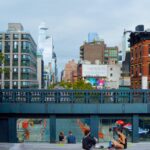
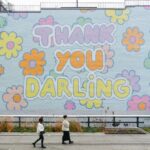


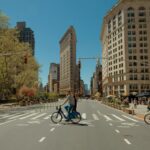
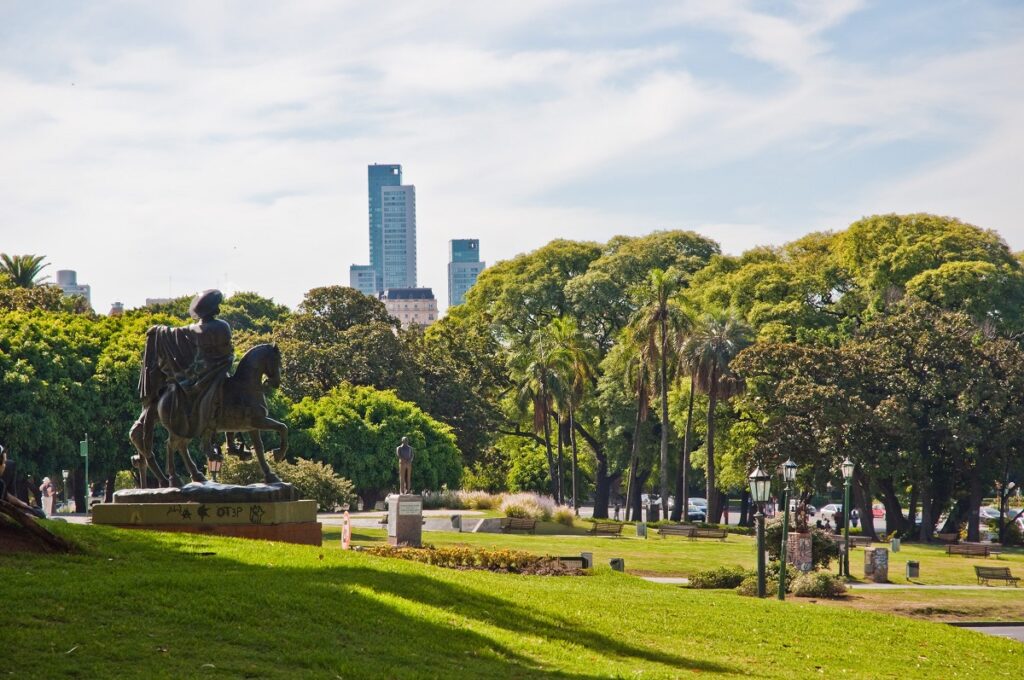
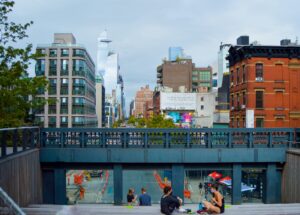
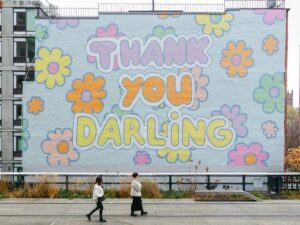
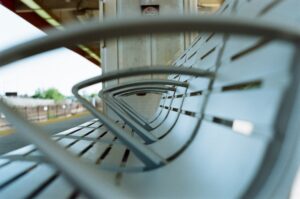

More Stories
Complete Streets in Brazil – Promoting a Paradigm Shift
UVA de Villa Hermosa in Medellín, Colombia
Grand Canal Linear Park / 128 architecture and urban design